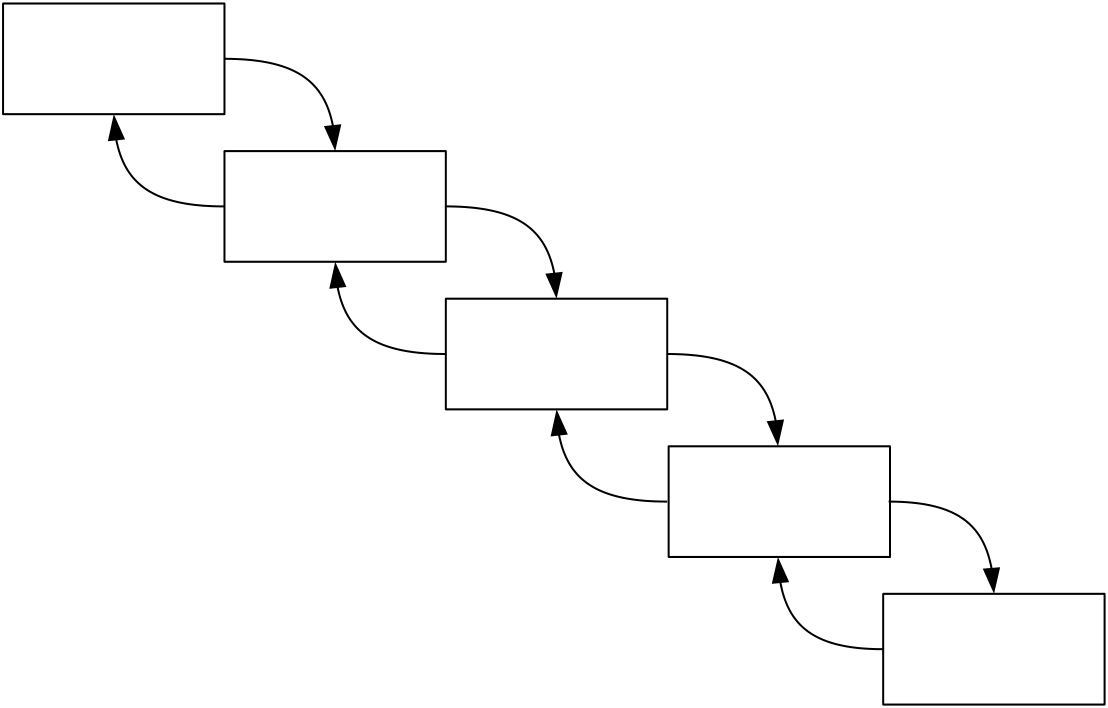The risk not testing effectively nonexistent the scrum approach

104 ■ Scrum Project Management
Operation &
Maintenance
Time
| Figure 6.2 |
|---|
ring (release). If the TEMP is little more than a long-range waterfall for testing, we can expect the same difficulties we have seen in the waterfall method for the entire project: schedule and budget slippage and verification/validation crunched at the end of the project.IftheTEMPiscriterion-based,thenwecanexpectverificationandvalidation to occur at the proper moments from the point of view of meeting the criteria. In order to use a criterion-based approach, the project manager must understand all of the dependencies that go into various releases of the hardware. Without this level of understanding, it is less likely that testing will occur synchronously with hardware development. Figure 6.3 shows how the verification phase gets crunched at the end of the process.
Even when we use a criterion-based system, waterfall practitioners tend to con-struct project schedules with minimal releases of testable products. Consequently, even if we are using a waterfall-scrum hybrid, the waterfall orientation may lead us into a situation where no hardware and no software are available for verification and validation until the usual crunch period.
| ■ |
|
||
|---|---|---|---|
|
| Assign Responsibility |
||||
|---|---|---|---|---|
|
||||
|
||||
| Figure 6.3 | ||||
6.4.9 Challenges
The rate of delivery of the constituent components for a system is the chief challenge during any coordination activity. The result of these mismatches is that the delivery of the system will be a spasmodic process. We should be using a configuration management system to help with synchronization of the delivered pieces, allowing us to adapt to the actual delivery. This situation is true whether the scrum functional content is different than expected or the waterfall organization is the part of the organization delivering unexpected functionality. Either way, we are looking at a potential fiasco.





